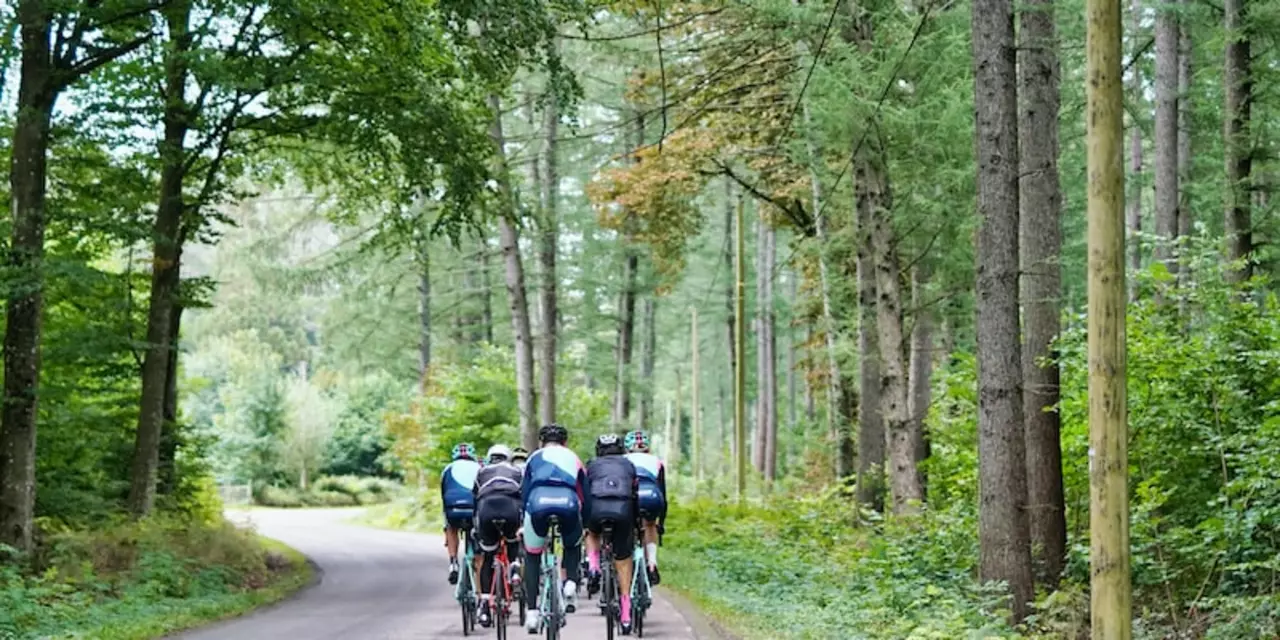Strength Training for Cyclists: Practical Tips to Get Faster and Safer
If you think pedaling alone makes a strong rider, think again. Adding a few well‑chosen strength moves can turn a decent cyclist into a powerhouse. The goal isn’t to bulk up like a bodybuilder; it’s to build the muscles you actually use on the bike, improve stamina, and keep injuries at bay.
Why Strength Matters on Two Wheels
When you climb a hill, sprint to the finish, or ride into a headwind, your legs need more than just cardio endurance. Strong quads, hamstrings, glutes, and a solid core let you push harder and stay stable on rough pavement. A stronger core also means less wobble on descents, which can lower the risk of crashes. Even a tighter upper body helps you control the bike and reduces fatigue on long rides.
Core and Lower‑Body Moves Every Rider Should Know
1. Squats – the foundation. Keep feet shoulder‑width apart, chest up, and sit back as if you’re sitting on a chair. Aim for three sets of 8‑12 reps with a weight that feels challenging but lets you keep good form. If you’re new, start with just body weight.
2. Romanian deadlifts – hamstring power. Hold a barbell or dumbbells, hinge at the hips, keep a slight bend in the knees, and lower the weight until you feel a stretch in the back of your thighs. Three sets of 10 reps will improve the pull phase of every pedal stroke.
3. Bulgarian split squats – single‑leg stability. Place the back foot on a bench, lower your front thigh until it’s parallel to the ground. This move mimics the uneven load you feel when climbing and builds balance.
4. Plank variations – core control. Hold a standard plank for 45 seconds, then switch to side planks for another 30 seconds each side. Strong core muscles keep your torso upright and let you transfer power efficiently.
5. Push‑ups – upper‑body endurance. Though not a cycling‑specific move, push‑ups develop the chest, shoulders, and triceps you use to pull on the handlebars during sprints.
These five exercises cover the main muscle groups cyclists need. You can finish a ride with a short 15‑minute strength circuit or schedule two dedicated sessions per week on off‑days.
How to Fit Strength Work Into Your Riding Schedule
Start by adding a strength day after a light ride. Your muscles will be fresh enough to lift, but you won’t be too sore to enjoy the next ride. If you’re training for a race, aim for two strength sessions weekly, spaced at least 48 hours apart. Keep the volume low (30‑45 minutes) during peak cycling weeks to avoid overtraining.
Remember to warm up with 5‑10 minutes of easy spinning or dynamic stretches before you lift. Cool down with a short ride and some gentle stretching to keep flexibility high. Consistency beats intensity for cyclists—small, regular sessions add up far more than one giant workout that leaves you sore for days.
Tracking Progress and Staying Motivated
Use a simple log: note the weight, reps, and how you felt after each session. When you notice you can squat a few kilos more or hold a plank longer, you’ll see the direct link to better climbing and smoother rides. Celebrate those wins, because every extra pound on the bar translates to extra watts on the bike.
Strength training isn’t a chore; it’s a shortcut to the speed and confidence you crave on the road. Give these moves a try, stay consistent, and watch your rides get stronger, faster, and more enjoyable.
Cycling is a great way to get fit and stay in shape. However, for those who don't have access to a bike, there are plenty of other exercises or training that can replicate the benefits of cycling. These include running, rowing, and stair-climbing, as well as strength and flexibility exercises. All these activities provide similar cardiovascular, endurance, and muscular benefits as cycling, and are suitable for both beginners and experienced athletes.
Continue reading...
